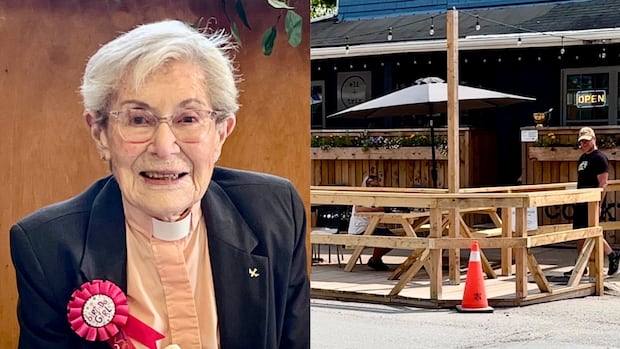Teenage boys in rural areas make up majority of pediatric deaths in N.S., researchers find

The lay of the land of Nova Scotia affects the level of health care — if any — a child may receive after a major trauma, according to a recently published research paper.
The paper, Pre-hospital mortality among pediatric trauma patients in Nova Scotia, looked at 1,258 major traumas in people under the age of 18 that occurred in Nova Scotia from April 2001 to March 2018.
Dr. Jason Emsley, an emergency physician at the IWK Health Centre and senior author of the paper, said that of those major traumas, 217 children died.
“The big finding for us here was that about two-thirds of those patients died pre-hospital, meaning they never did actually make it to even a smaller hospital before transferring to a level 1 trauma centre at the IWK,” Emsley said in an interview.
Emsley said that while there wasn’t a vast difference in the number of traumas between counties in Nova Scotia, the outcome varied.
“We’ve got Halifax as a concentrated centre, but we are very geographically dispersed within Nova Scotia with some very hard-to-reach regions, so it’s hard to get the care to some people and hard to get the people to that care.”
Emsley said death rates are typically higher in rural versus urban areas. The same can be said for the rate of injuries. He said that’s often because people tend to partake in different activities, such as riding ATVs and farming. They also tend to drive.
“But when we dig down deeper into the data and overall mortality and pre-hospital mortality — so kids dying either in hospital or out of hospital — we certainly see some big hotspots here,” said Emsley, noting Inverness and Victoria counties in Cape Breton have higher rates of overall mortality.
Researchers also noted the majority of the pediatric deaths (63 per cent) involved teenage boys, with most being 15, 16 or 17 years old in rural areas.
Emsley said this is the same in other areas as young males are often found to participate in reckless behaviour, drunk driving, and texting and driving more often than others.
He said that according to other studies, texting and driving is “starting to rival drunk driving” as a leading cause of major motor vehicle collisions.
Emsley said intentional injuries also “played a role” when it came to child fatalities, making up 23 per cent of children who died before being taken to a hospital.
“Those with intentional injuries, so with suicide attempts, were much more likely to die pre-hospital and never make it to the hospital, so there’s a significant degree of lethality with intentional self-injuries.”
“We’ve got Halifax as a concentrated centre, but we are very geographically dispersed within Nova Scotia with some very hard-to-reach regions, so it’s hard to get the care to some people and hard to get the people to that care.”
– Dr. Jason Emsley
Emsley said pediatric trauma is an issue in Nova Scotia.
The paper highlights, however, when comparing similar studies done in Manitoba and Ontario, Nova Scotia shows a lower rate of pre-hospital mortality.
But Emsley said things could still be improved to hopefully result in a better outcome for patients.
“This underscores the need for always trying to improve our mental health services across the province, given the fact that intentional injuries themselves are a risk factor of a child dying before they even reach a hospital.”
Emsley said policies and other issues, such as the current condition of the province’s health-care system, need to also be considered.
“The more we can support and try to improve our health-care system, the better the overall trauma care and other medical care will be,” he said.
Emsley said there is an emotional, psychological and financial burden of pediatric trauma, noting the cost for pediatric trauma patients in Canada is $4 billion annually.





